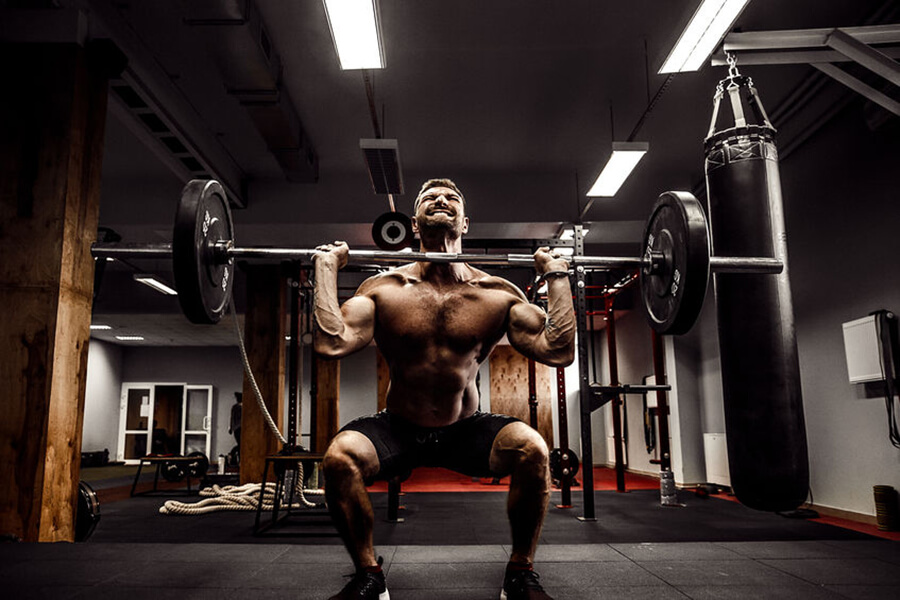What is a trap bar and why would you use it for deadlifts?
Properly using the trap bar for deadlifts
The hexagon-shaped lifting apparatus helps put you right in the center of the bar you’re lifting. Although it can’t correct all your technique mistakes, it can help you improve the hip hinge to help ensure you’re not bending forward at the waist. To avoid injury, you’ll still need to:
- keep your feet hip-width apart
- keep your shoulders and back from rounding
- keep your core engaged
- avoid a full squat
- push your hips forward (rather than pulling up the bar)
When you do a deadlift with a trap bar, you should sit your hips back enough that you feel tension in your hamstrings. Your chin and focus should be about 20 feet in front of you. Before you lift, take a deep breath, tighten your core and then stand up quickly while keeping your back flat. You should be in control when lowering the trap bar to the ground.
The trap bar handles are especially useful for men who are at least 6’ 2” who might otherwise have trouble using proper form.
Other uses for the trap bar
What else can you use the trap bar for? Try it with the floor or overhead press, the squat jump and the loaded carry. The beauty of the trap bar is that it helps shift the weight toward your center of gravity rather than putting the weight in front of you. This prevents lifters from putting so much stress on their back. In addition, studies have found that weightlifters could produce more power using a trap bar compared to just a barbell deadlift when lifting at 65% to 85% of their max load.
There’s also an open trap bar, which you can use with a lunge or step-up.

